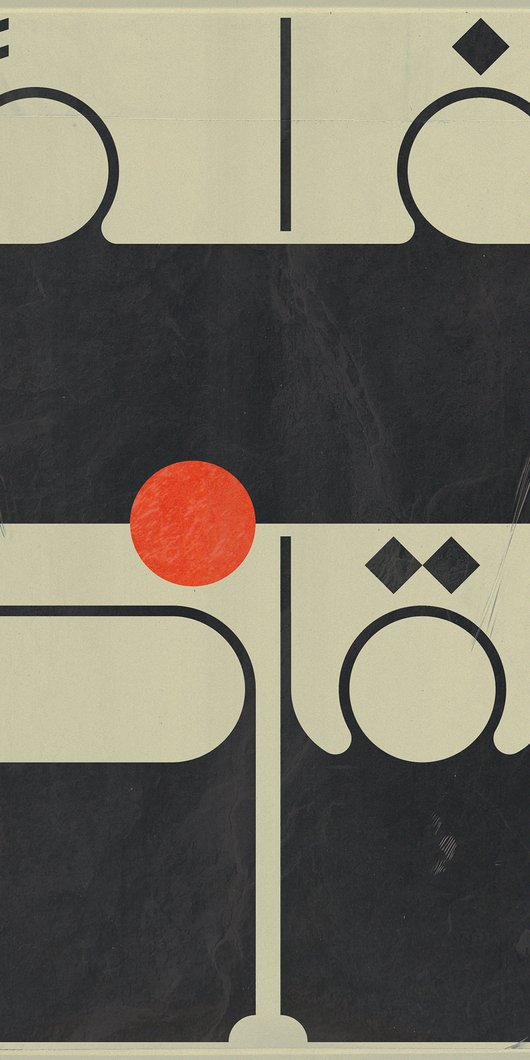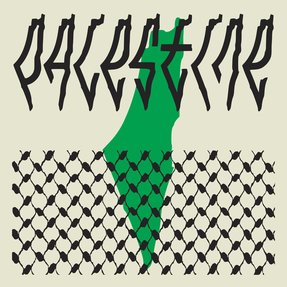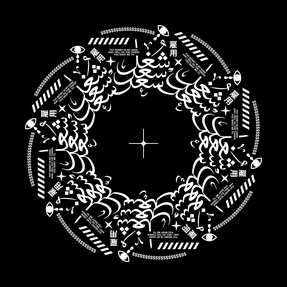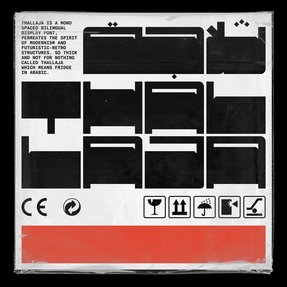With its rich history and intricate script, Arabic typography has been a source of fascination and inspiration for designers and typographers worldwide.
Various cultures have adapted the Arabic alphabet to create their own original writing systems: Persian, Pashto, Dari, Urdu, Javanese, Malay, Kurdish and Uyghur. Various languages have also used different Arabic script styles, such as the Naskh, Ruqʿah, Nastaliq, Diwani and Kufic scripts. Each Arabic script has a unique identity and dynamic cultural heritage.
The journeys of these scripts began centuries ago; they have passed through many milestones, iterations and challenges. They have witnessed various political and cultural changes, from the erasure of many scripts and visual styles and the burning of books and visual references under the Ottoman Empire to the era of globalisation, where the need for typographic fusion with Latin scripts arose as a consequence of capitalism and colonisation.
I believe that we need more designers and visionaries to stand as bridges, embracing the demands of the contemporary world while seamlessly translating Arabic scripts and the endless cultural artefacts held within them into new digital formats, avoiding the appropriation and oversimplification of Arabic letter forms and reframing the political angle from which we perceive, practise and teach design.



